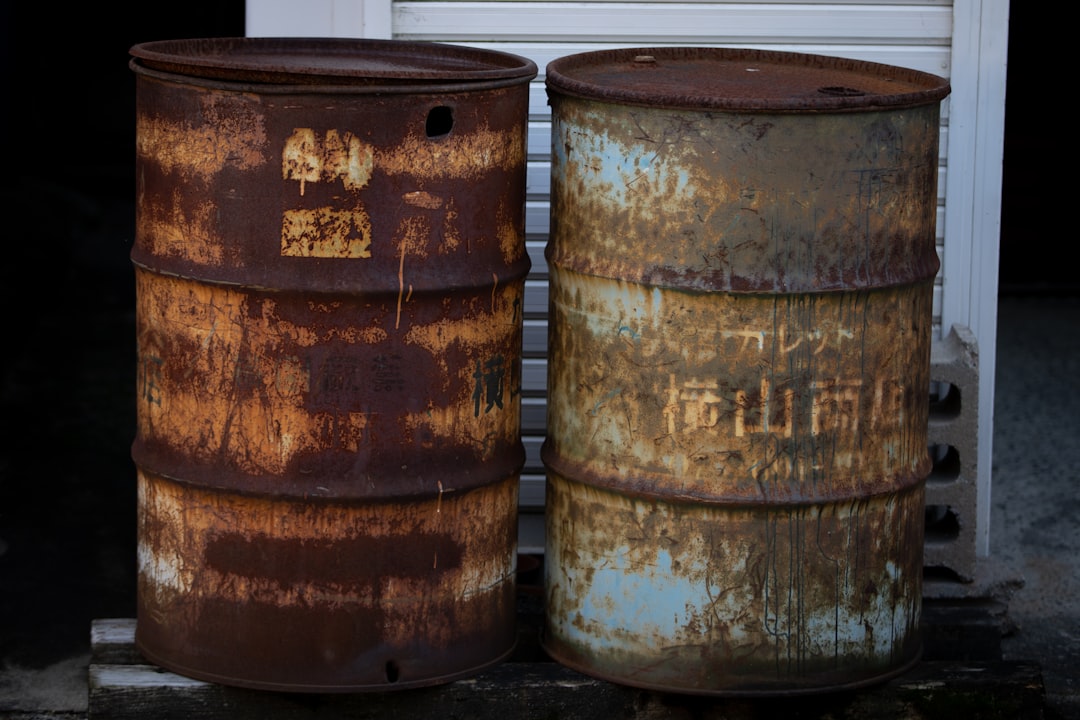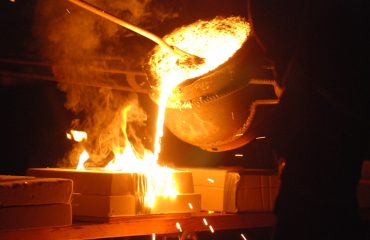body {
font-family: sans-serif;
line-height: 1.6;
}
h1, h2, h3 {
color: #333;
}
h1 {
font-size: 2.5em;
}
h2 {
font-size: 2em;
}
h3 {
font-size: 1.5em;
}
The oil and gas industry relies heavily on efficient and reliable well construction. Central to this process are casing and tubing – two distinct but interconnected components crucial for drilling, completing, and producing hydrocarbons. This comprehensive guide delves into the intricacies of casing and tubing, exploring their functions, materials, design considerations, installation processes, and the challenges faced in their deployment.
The Vital Role of Casing in Well Construction
Casing is a series of steel pipes cemented into the wellbore during drilling. Its primary function is to provide structural support to the well, preventing wellbore collapse, isolating different geological formations, and protecting freshwater aquifers from contamination. Casing strings are installed in stages, with each string extending to a specific depth and designed to withstand the specific pressures and temperatures encountered at that depth. The diameter of the casing decreases with depth, creating concentric layers within the wellbore.
Different types of casing exist, each serving a specific purpose. Conductor casing is the first string installed, providing stability in shallow, unconsolidated formations. Surface casing protects freshwater aquifers and surface environments. Intermediate casing isolates formations with high pressure or potential for instability, while production casing isolates the producing reservoir and allows for the installation of production tubing.
Understanding the Function of Tubing in Oil & Gas Production
Once the well is drilled and cased, tubing is installed within the production casing. Tubing is smaller in diameter than casing and its primary function is to transport hydrocarbons (oil and gas) from the reservoir to the surface. It also provides a conduit for injecting fluids such as water or gas into the reservoir for enhanced oil recovery (EOR) techniques. Tubing strings are typically made of high-strength steel and are designed to withstand the pressure and temperature conditions within the wellbore.
The design of the tubing string depends on several factors, including the reservoir pressure, fluid properties, and production rate. Different types of tubing exist, including seamless tubing, which is made from a single piece of steel, and welded tubing, which is made from multiple pieces welded together. The choice of tubing material and design is crucial to ensure efficient and safe hydrocarbon production.
Materials and Design Considerations for Casing and Tubing
The selection of materials for casing and tubing is critical to their performance and longevity. High-strength steel alloys are commonly used due to their ability to withstand high pressures and temperatures. The specific alloy used depends on the well’s conditions, such as depth, temperature, and the presence of corrosive fluids. The design of casing and tubing also incorporates various features to enhance their performance, such as external and internal coatings to prevent corrosion, and specialized threads and couplings to ensure a leak-free connection.
Furthermore, the design must account for potential stresses and strains on the pipes, including buckling, collapse, and tension. Advanced computational modeling and simulations are often employed to optimize the design for specific well conditions, maximizing the lifespan and efficiency of the casing and tubing strings.
Installation and Cementing Procedures for Optimal Well Integrity
The installation of casing and tubing is a complex and critical process requiring specialized equipment and expertise. Casing is run into the wellbore using a derrick or drilling rig, and then cemented in place to ensure a strong bond between the casing and the surrounding formation. Cementing is essential for isolating formations, preventing leaks, and providing structural support. The quality of the cement job is crucial for well integrity and safety.
Tubing installation follows casing installation. It’s typically run inside the production casing and connected to surface equipment. Careful attention is paid to ensuring proper connections and preventing leaks. Regular inspections and maintenance are essential to ensure the long-term performance and safety of both casing and tubing strings throughout the well’s operational life.
Challenges and Advancements in Casing and Tubing Technology
The oil and gas industry constantly faces challenges in casing and tubing technology. These include managing high-pressure and high-temperature environments, preventing corrosion and scaling, and dealing with unexpected geological formations. Advancements in materials science, such as the development of corrosion-resistant alloys and high-strength steels, are continuously improving the performance and longevity of casing and tubing. Furthermore, sophisticated modeling and simulation techniques are enabling better predictions of wellbore behavior and optimization of casing and tubing design.
The development of advanced cementing techniques, improved inspection methods, and the use of intelligent completion systems are all contributing to enhanced well integrity and production efficiency. The ongoing pursuit of innovative solutions ensures the continued safe and efficient extraction of hydrocarbons from increasingly challenging environments.
In conclusion, casing and tubing are integral components of oil and gas well construction and production. Understanding their functions, materials, design, installation, and associated challenges is crucial for successful and sustainable hydrocarbon extraction. Continuous advancements in technology are essential to overcome the challenges faced in this demanding industry.
SEO Tags:
- Oil and Gas Casing
- Oilfield Tubing
- Well Completion
- Drilling Engineering
- Reservoir Engineering




